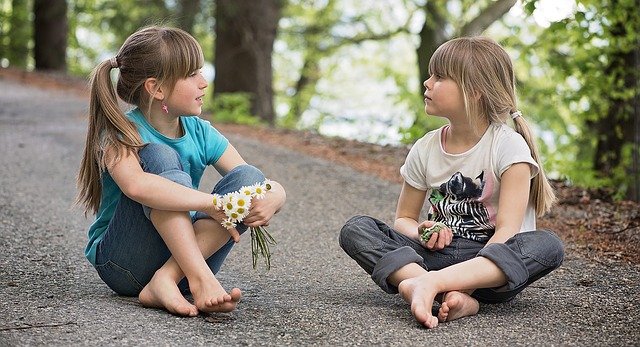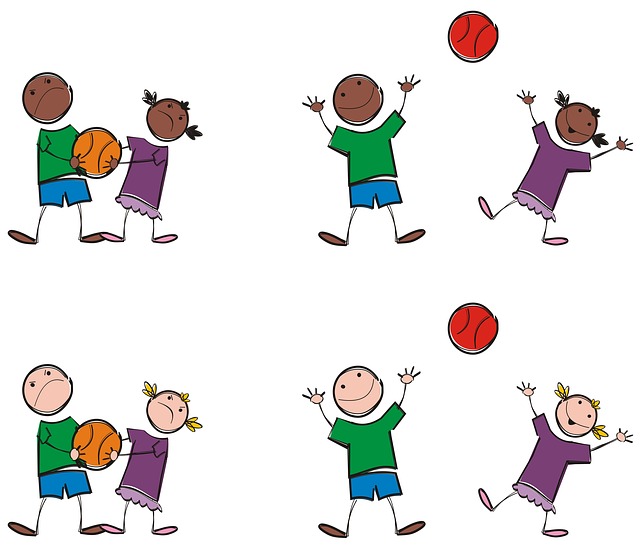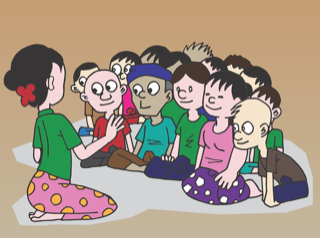
Developmental Stuttering: What is it and When to be Concerned
Did you know that in 5% of children who begin to stutter, 70-80% of those children will recover naturally without formal intervention? It is actually common for children between the ages of one and five to have disfluencies (e.g., repeating words- “ba-ba-ball” or phrases- “I want I want ball”) and it is usually a sign that the child’s vocabulary is expanding quickly and he or she is beginning to learn complex language rules. Many times, these forms of stuttering will reduce on their own, but it is important to monitor and seek professional help when needed. So, when should you become concerned that your child’s stuttering will persist? If stuttering has lasted for 6-12 months or more If the child









